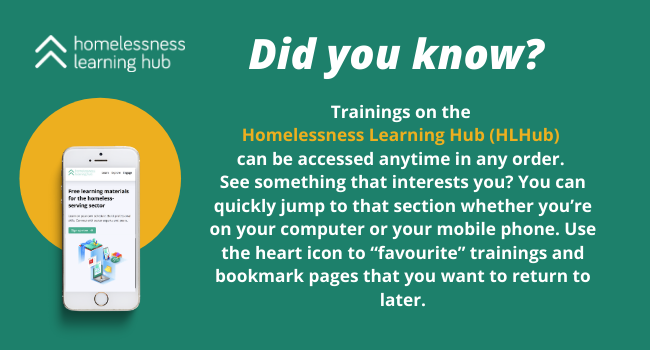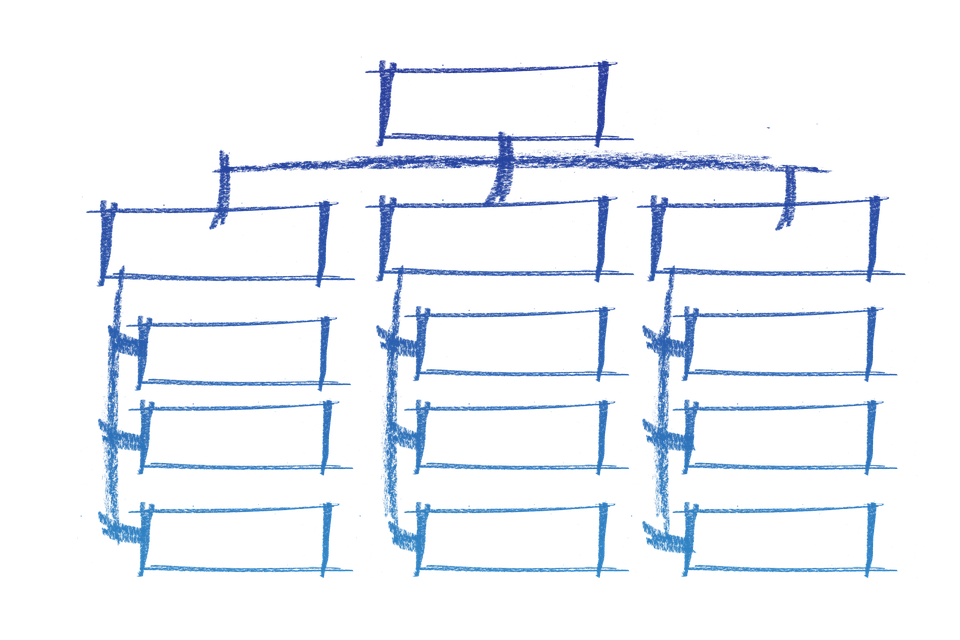This is part of an occasional series of blogs on workplace learning.
When you work in a service-oriented role (like people in the homeless-serving sector do), it can be difficult to make time for learning. You probably don’t spend a lot of time at your desk. Even now that we’re working from home, there are Zoom conferences and paperwork to get to. Scheduled tasks have to be put aside when emergencies happen out of the blue. At the end of the day you’re too exhausted to make sense of the latest research and theories. It’s hard to make sense of their connection to your daily challenges.
So how can you make learning more impactful? Try creating a personal plan for lifelong learning designed to fit your individual needs and schedule. Here are some ways to get started.
Know what you want to accomplish
We don’t need a reason to learn something. Humans are innately curious and we’re hardwired to seek novelty. But when you have limited time and energy, you’ll get better results if you have a clear focus for your learning plan.
Say you want to learn about gardening. That's great, but why?
• Do you want to grow your own food?
• Are you looking to spend more time outside in the fresh air?
• Do you want to join a community garden?
Getting clear on what you want to learn will give your activities focus. Learning to identify a particular soil type probably isn’t necessary if you’re just trying to liven up your balcony.
When you are clear on the purpose, you’ll be better able to choose quality learning resources. You might find all you need to get started with a couple of videos on YouTube. Or you might search out an informative podcast on Spotify. Maybe that 8-week course on home gardening you were considering isn’t needed after all.
Put yourself first when it comes to learning
Keeping your purpose in mind means you don’t need to learn everything about a topic. Be realistic about how much time and energy you have to commit. This will help you stay motivated and engaged with your learning plan.
Are you the type of person that starts on page 1 when you pick up a book? Do you keep reading even if you’ve lost interest in the story? Your personal learning plan doesn’t have to fit someone else’s idea of what’s right. You decide what’s relevant, so pick what’s best for you.
Focus on the skills and knowledge you need and filter out anything that doesn’t apply at the moment. You can always fill in the blanks later if you’re missing some basic ideas or concepts. Minimize distractions. Ignore whatever isn’t serving your immediate purpose.
Byte-size it!

How can you break learning into smaller chunks? Try to identify the smaller topics or tasks contained within the main topic. Keep doing that until you come up with something manageable. Start with one mini topic, then tackle another.

You can find byte-sized microlearning everywhere - on YouTube, Instagram and TikTok - and don’t forget about podcasts! Follow people and organizations who share your interests. These resources are available 24/7 on your phone or other device so they're always at your fingertips.
You can also find microlearning resources on specially designed platforms. A free site I’ve been exploring lately is Rumie.org. The lessons are fun and only take a few moments to complete. Rumie’s mission is to empower people to take control of their learning.
There are hundreds of quick lessons on Rumie. These topics are especially relevant to people working in homeless-serving sector:
The best part about creating your personal learning plan is that you get to design it however you want. After all, the time you spend learning is time that you give to yourself. It should be a deeply rewarding experience, otherwise you could just be watching more Netflix.
Do you have thoughts on personalized learning? Share your thoughts and suggestions. Email kmbos@yorku.ca or post a comment to on Twitter or Facebook to @HomelessHub with the hashtag #HLHub.
Resources
6 Steps to Create Your Personal Learning Plan

